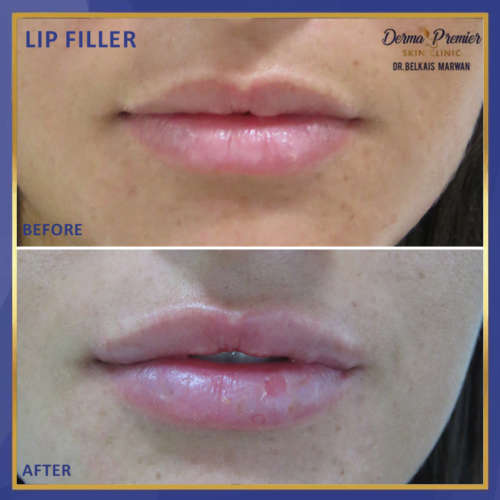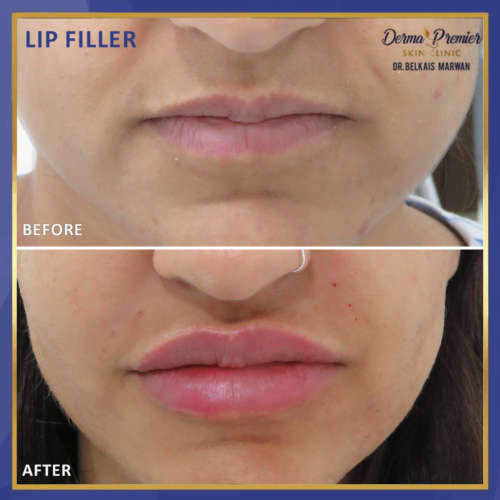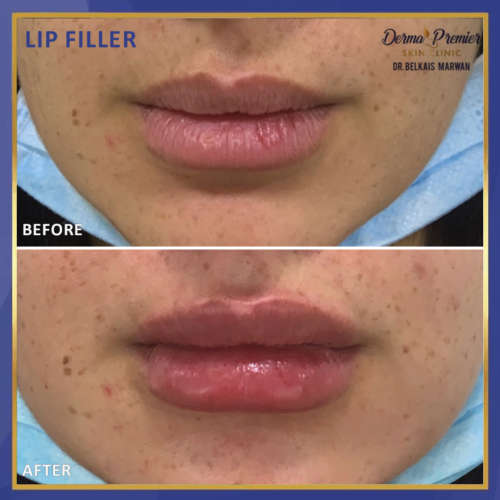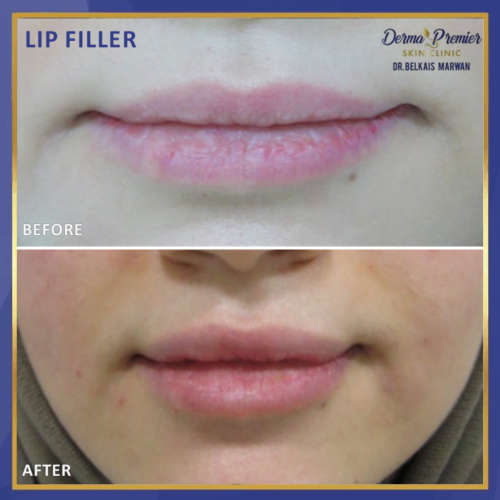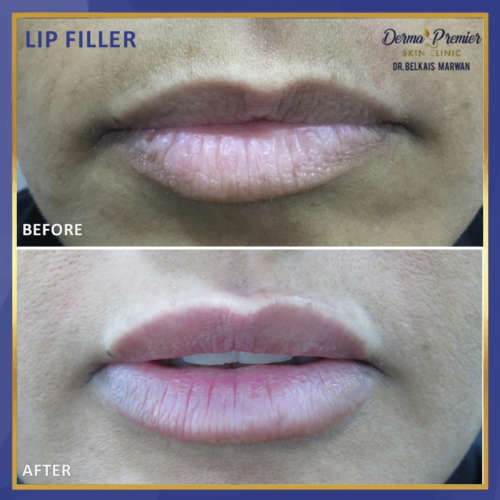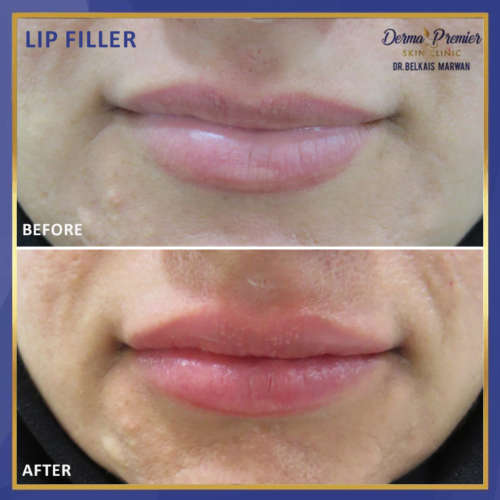Injectable soft-tissue fillers are indicated for wrinkles, folds, and lines associated with ageing. Areas commonly addressed in the face include the forehead, glabella, nasolabial folds, and lips. Certain fillers are also used for contour deformities associated with acne scarring or atrophic scars.
Injectable wrinkle fillers can give you a more youthful look for a fraction of what a traditional facelift costs. Most will fill lines and wrinkles in less than 30 minutes with results that can last from 4 months to more than a year. Some research shows that repeated injections might help stimulate the body’s own natural production of collagen. That will help reduce the number of lines and wrinkles. There is also some evidence that less filler is needed overtime to achieve the same look.
The most popular category of wrinkle fillers is Hyaluronic acid (HA). Local anaesthesia is applied 30 minutes in the injected area prior to the Fillers injection to numb the skin along with using ice during the procedure to reduce the pain. Lip Fillers can be done without pain after the insertion of anaesthesia in the infraorbital area inside the mouth.
Side effects are rare but can include redness, swelling, and bruising at the injection site. The filler may also show up under the skin as tiny bumps. This is a problem that often improves over time. General contraindications include a history of severe allergy or bleeding disorders, recent use of aspirin, non-steroidal anti-inflammatory drugs (NSAIDs) like Cataflam or Brufen, or herbal supplements are known to affect coagulation and hemostasis. We recommend not to expose to Exercise, sun, Sauna after Filler injection to avoid its melting.
